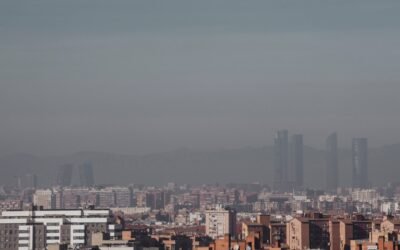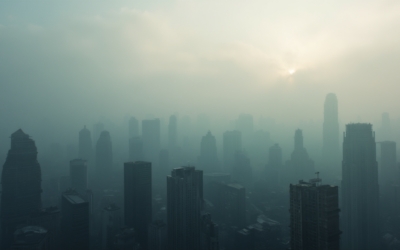Urban green spaces play a pivotal role in enhancing air quality and mitigating pollution in densely populated areas. This blog post explores the multifaceted benefits of integrating green spaces into urban planning and their impact on sustainable living.
Key Takeaways
- Environmental Benefits: Urban green spaces significantly reduce air pollutants and city temperatures.
- Health Advantages: Access to green spaces can improve mental health and reduce disease risks.
- Economic Impact: Green spaces increase property values and attract business investments.
- Social Aspects: They offer communal areas for social interactions and community events.
- Challenges: Urban planning must address the maintenance costs and space constraints of green spaces.
Table of Contents
- Importance of Green Spaces in Urban Areas
- Specific Green Benefits for Urban Quality
- Challenges in Developing Urban Green Spaces
- Innovative Urban Greening Strategies and Case Studies
- Conclusion
Importance of Green Spaces in Urban Areas
Green spaces in urban environments are more than just aesthetic enhancements. They serve as critical components for sustainable urban development, contributing to improved air quality, biodiversity, and the wellbeing of city inhabitants.
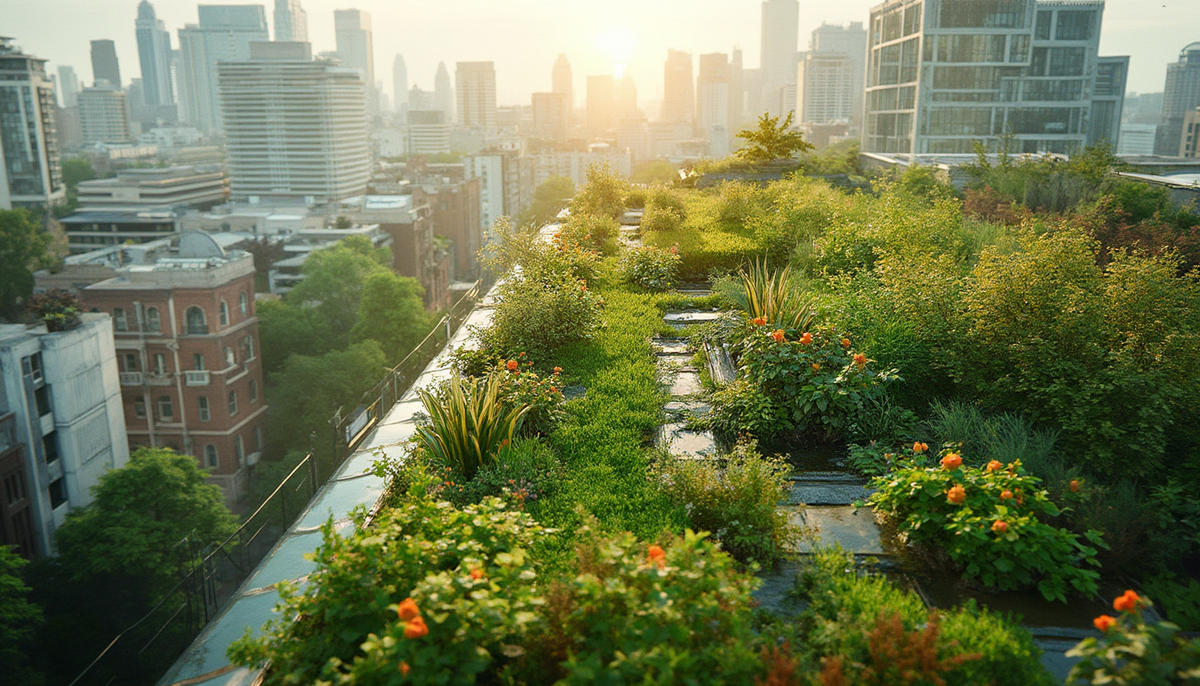
Specific Green Benefits for Urban Quality
Reduction of Urban Heat
Green spaces provide a natural cooling effect, which can lower surrounding temperatures by several degrees, reducing the urban heat island effect prevalent in many cities around the world.
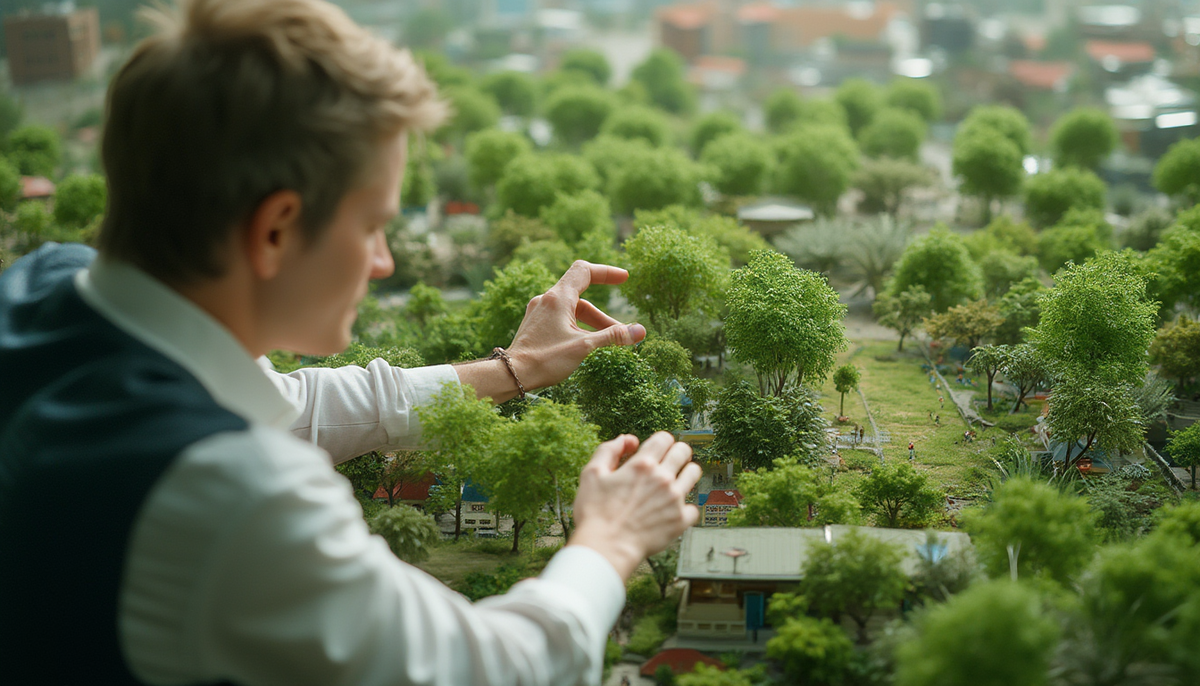
Air Quality Enhancement
Trees and plants in urban green spaces absorb pollutants and carbon dioxide, improving the overall quality and breathability of the air.
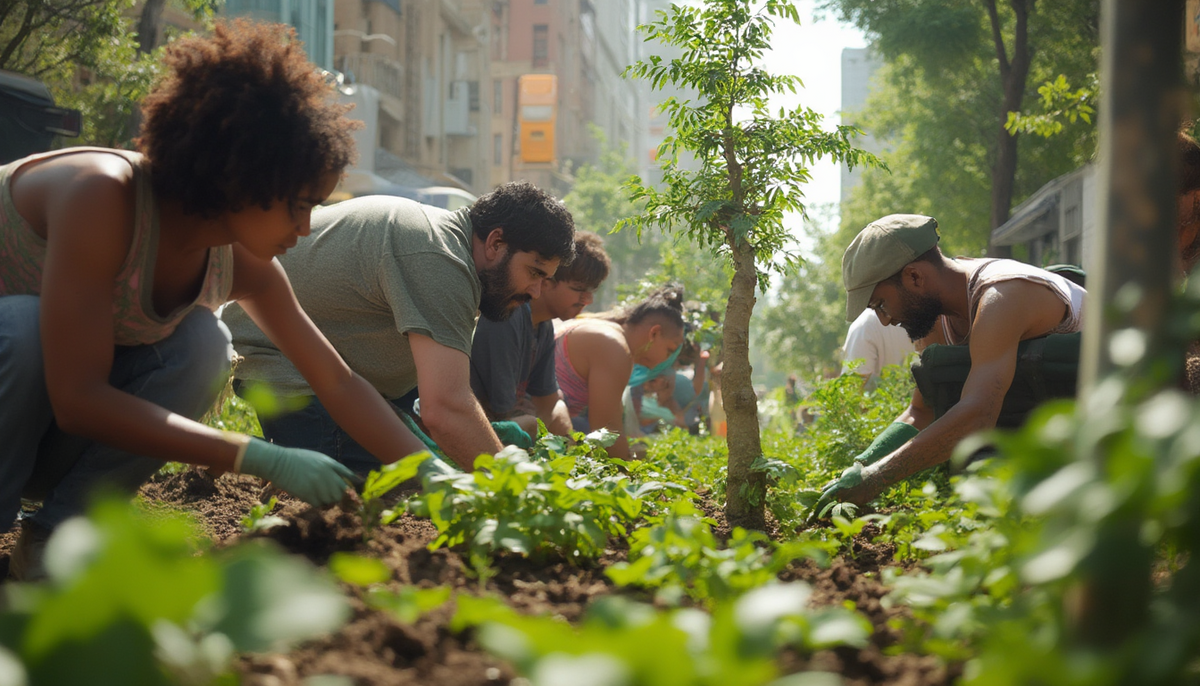
Challenges in Developing Urban Green Spaces
The incorporation of green spaces in urban planning isn’t without its challenges. Issues such as high maintenance costs, land scarcity, and water management must be skillfully negotiated to create effective green spaces.
Innovative Urban Greening Strategies and Case Studies
Many cities around the globe are pioneering innovative approaches to integrate green spaces in their urban environments. For instance, the implementation of green rooftops and vertical gardens offers alternatives that do not require expansive land use.
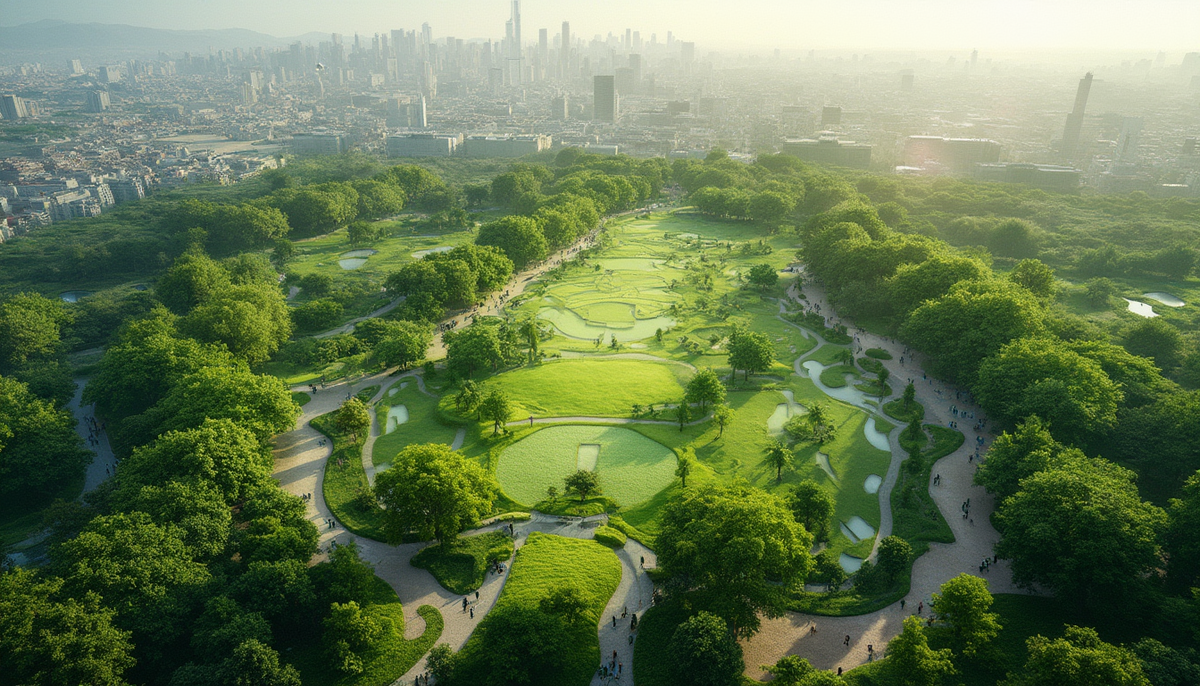
Conclusion
Urban green spaces are crucial for the sustainability and livability of modern cities. As urban areas continue to grow, the integration of these spaces will play a significant role in not only enhancing air quality but also improving the quality of life for all citizens.
Learn more about proactive measures to combat air pollution on our Effective Air Quality Strategies page or explore innovative technologies on our Innovative Technologies page.
To contribute to Bhumi’s green initiatives or learn how you can make a difference, visit our donation page.

